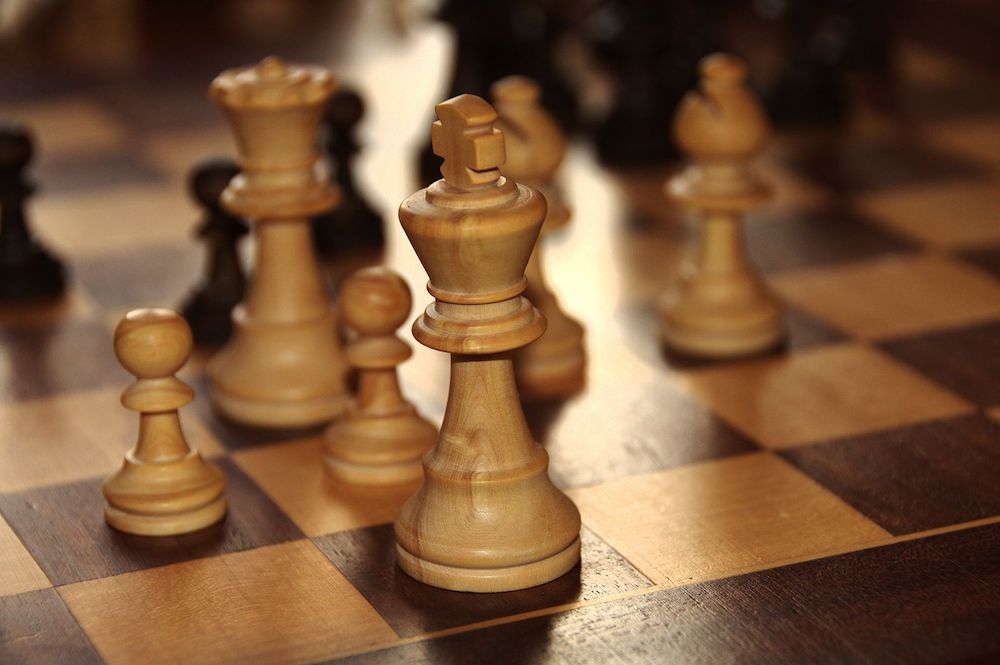

Move Generation: The Deep Blue algorithm has numbers of other functions like generation of checking, check evasion moves, and developing certain kinds of attacking moves.It is said that in 1997 match with Garry Kasparov, the minimum search speed was 126 million positions per second, and the maximum number of the search speed was 330 million positions per second. On the other hand, for quieter positions, the search could go up to 200 million positions per second. For example, tactical positions - when long and forcing moves are required, the deep blue algorithm can explore up to 100 million positions per second. While performing all these activities, the speed of the system also varies. Finally, chess chips extend the search to the last few levels of the game tree. Now, workers carry out additional searches and distribute leaf positions to the chess chips. The master processor's job is to search the top levels of the chess game tree and hand over the results - often called "leaf positions"- to the workers for further examination. The Deep Blue algorithm is separated into three layers: out of many SP processors, one acts as a master, and the other two as workers. How Does System Works? The functioning of the SP processors In order to do that, they communicate with their host via a microchannel bus. Each chess chip of deep blue is capable of searching 2 to 2.5 million chess positions per second. All nodes communicate with each other using a high-speed switch and contain 1 GB RAM and 4 GB hard disk space. The SP system had 28 nodes with MHz P2SC processors, and 2 nodes with 135 MHz P2SC processors. The system was developed with 30-node ( 30-processor) IBM RS/6000 SP computer and single-chip chess search engines having 16 chess chips per SP processor. How Does Deep Blue Algorithm Work? System Overviewĭeep blue is the gigantic parallel system to carry out chess game tree searches - a graphical representation of all the possible moves from the initial stages of the game. Although Kasparov criticized IBM for cheating. Later on, in May 1997, Deep Blue was heavily upgraded and defeated the reigning world champion and won the six-match game. However, Kasparov made a comeback and won three and drew two matches that didn’t lead deep blue to dominate the game. Deep Blue won its first game against world champion Garry Kasparov on 10 February 1996. Earlier the project was named Deep Thought and was renamed to Deep Blue in 1989. The American Chess Grandmaster Joel Benjamin was a part of the development team that was hired by IBM. The early development of Deep Blue began in 1985 with the ChipTest project at Carnegie Mellon University.


 0 kommentar(er)
0 kommentar(er)
